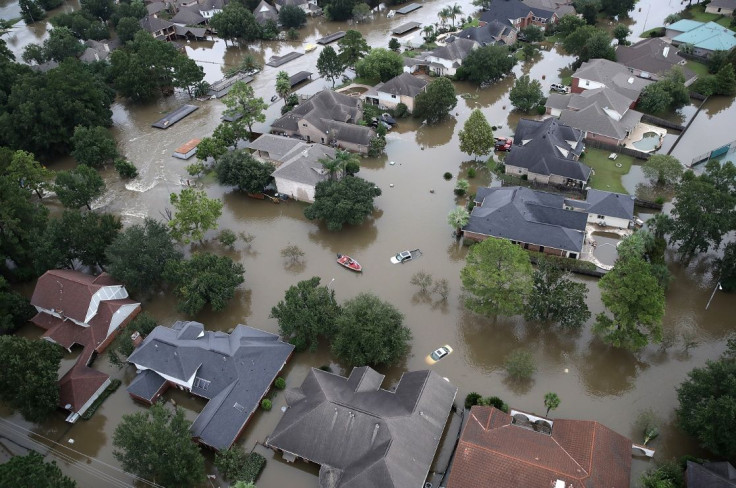CDC Explores Blockchain Solutions To Streamline Public Health, Collect Data

Floods and hurricanes don’t just destroy infrastructure. Diseases, viruses, and all kinds of nasty critters often spread after a natural disaster, especially ones that leave lots of stagnant water behind. Public health officials collect and analyze medical data to squelch outbreaks before they spread. But the process is still highly disjointed. Additionally, it involves a lot of manual paperwork.
The Centers for Disease Control and Prevention has responded by looking into blockchain solutions to streamline processes between various health departments and other organizations.
Blockchain technology could probably help prevent a public health crisis; We just need to figure out the most efficient system. According to the MIT Technology Review, a team at the CDC’s Center for Surveillance, Epidemiology, and Laboratory Services has been working on several blockchain pilots for months, pilots which could become real government applications as soon as 2018.
One of these projects focuses on consolidating disparate data collection. Instead of many organizations funneling their information into a central registry, where the data still needs to be pieced together and validated before any real analysis, the CDC is exploring ways to put local surveillance data directly onto a shared blockchain network. Blockchain technology is great for automatically verifying encrypted information.
"Right now, this is a situation that could literally take months to happen, but with the blockchain it could be done possibly in hours,” Jim Nasr, chief software architect at the CDC, told CoinDesk about cleaning up and verifying public health data. "If I'm in Houston and I’m exposed to standing water for two or three days and potentially exposed to some deadly virus, through this process it could be determined that I need to take some vaccinations and some medication, and I can then provide the consent for that."
As we’ve seen with cryptocurrencies like zcash and bitcoin, blockchain transfers are incredibly secure regardless of whether the data is private or transparent. Sometimes it’s even possible to combine or adjust privacy options on a blockchain network. “Public health and blockchain really do belong together,” Nasr told the MIT Technology Review.
The California blockchain startup Gem is collaborating with the CDC on this project, which will need unique features in order for healthcare providers to share patients’ data. “We’re building a consent management solution on the blockchain for data sharing,” Gem’s chief executive Micah Winkelspecht told TechCrunch. “To exchange and share data from one party and one hospital to another you need to be able to get the users’ consent.”
The European country of Estonia has already transferred its national healthcare infrastructure to a blockchain system. Meanwhile, the United Nations has successful pilot programs using blockchain technology to help deliver humanitarian aid to refugees in places like Jordan. These use cases prove blockchain technology can handle healthcare records, which have all kinds of unique security needs, and distribution centers with limited connectivity. It stands to reason these solutions could be adapted for public health needs in times of crisis.
"Ultimately, disaster relief is a distributed network," Winkelspecht told CoinDesk. “It's a bunch of people on the ground who are really just trying to solve problems locally, and what they need is a really efficient way to share information and data with each other in order to do their jobs and to do it quickly."
© Copyright IBTimes 2024. All rights reserved.





















